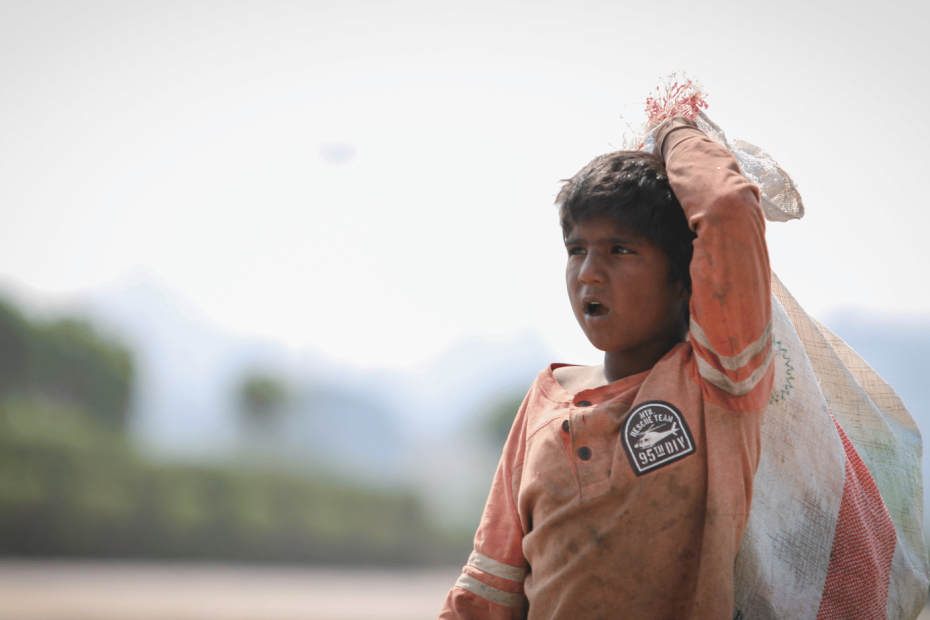Child labour remains a pressing issue in Pakistan, affecting millions of children who are forced into work instead of attending school. For these children, the day is filled not with play and learning, but with toil and hardship. This blog provides a glimpse into the daily lives of child labourers across Pakistan, using real-life examples to illustrate their struggles and the urgent need for change.
Morning: Early Mornings in the Fields and Factories
In rural areas of Pakistan, many children start their day before sunrise. For example, Ali, a 12-year-old from a village in Punjab, wakes up at 4 a.m. to help his family harvest crops. His small hands work quickly to pluck vegetables under the dim light of dawn. Ali dreams of going to school, but his family relies on his labour to make ends meet.
In urban areas, children like Saima, a 10-year-old in Karachi, begin their day in the city’s bustling textile workshops. She spends her mornings stitching garments for local markets, her fingers moving deftly over fabric, often pricked by needles. The noise of sewing machines fills the room, and the air is thick with dust, but Saima has little choice but to continue her work.
Afternoon: Long Hours in Hazardous Conditions
By afternoon, the sun is high, and the work continues. In Balochistan, young boys like Ahmed, a 13-year-old from Quetta, work in dangerous coal mines. Ahmed spends his afternoons descending into dark, narrow mine shafts with minimal safety equipment. The risk of injury or even death is ever-present, but there is no alternative for him and countless others who work alongside him.
In the brick kilns of Punjab, children like Meena, aged 11, spend their afternoons molding bricks under the scorching sun. The work is physically demanding, with Meena carrying heavy loads of clay and stacking bricks in long rows. Her hands are rough and calloused from the repetitive work, and she often suffers from respiratory problems due to the dust and smoke.
Evening: Minimal Rest and Little Time for Childhood
Evenings provide no real rest for these children. After a full day’s work, many must assist their families with household chores. In Khyber Pakhtunkhwa, young boys like Tariq, who work as mechanics, continue to toil late into the night, fixing vehicles or running errands for shop owners. His dreams of an education are distant, overshadowed by the daily grind of work.
For girls like Ayesha, who work as domestic helpers in the homes of wealthier families in Lahore, evenings are filled with cooking, cleaning, and caring for younger children. Often, these children face abuse, exploitation, and neglect, with no opportunity to escape or seek help.
The Hidden Impact: Education, Health, and Hope
The impact of child labour on these children’s lives is devastating. With little to no access to education, they are trapped in a cycle of poverty that is difficult to break. Many suffer from malnutrition, illness, and psychological trauma. Their dreams of a better future are often replaced by the harsh reality of their daily struggles.
Call to Action: What Can Be Done to End Child Labour in Pakistan?
To combat child labour in Pakistan, we need a multi-faceted approach that includes stronger laws, better enforcement, and support for families living in poverty. Providing access to quality education, vocational training, and social support systems can help these children reclaim their childhoods.
As citizens, we can play our part by raising awareness, supporting local NGOs, and advocating for policy changes that protect children. Every child deserves a chance to learn, grow, and dream of a future free from exploitation.
By standing together, we can help end child labour in Pakistan and give every child the chance to build a brighter future.

